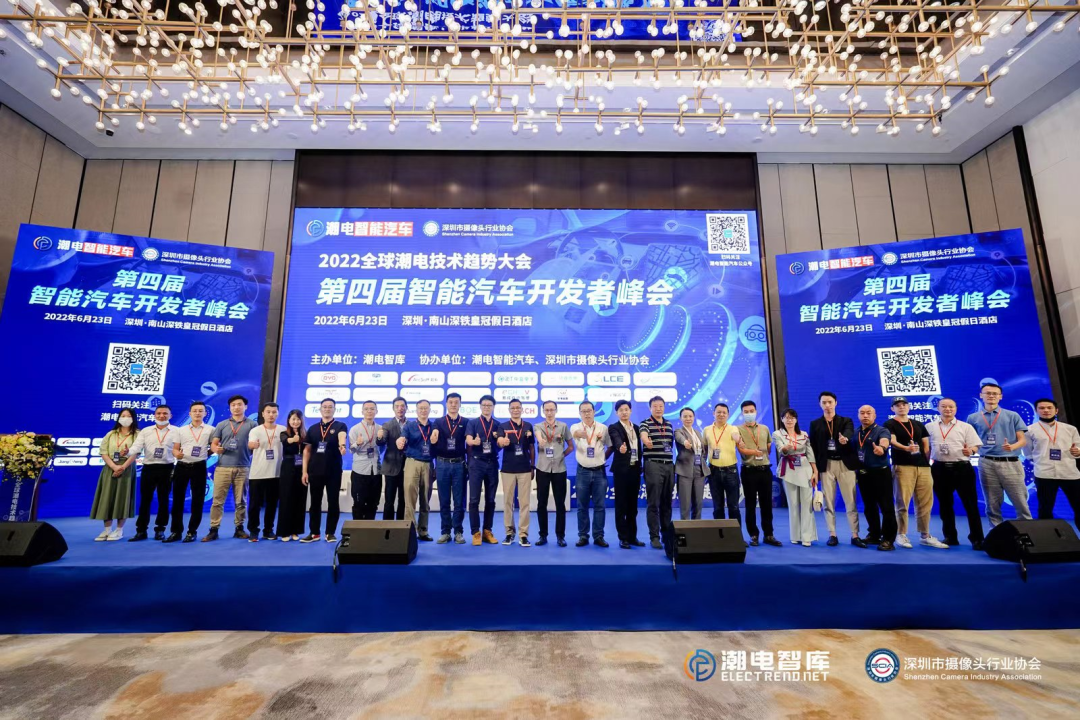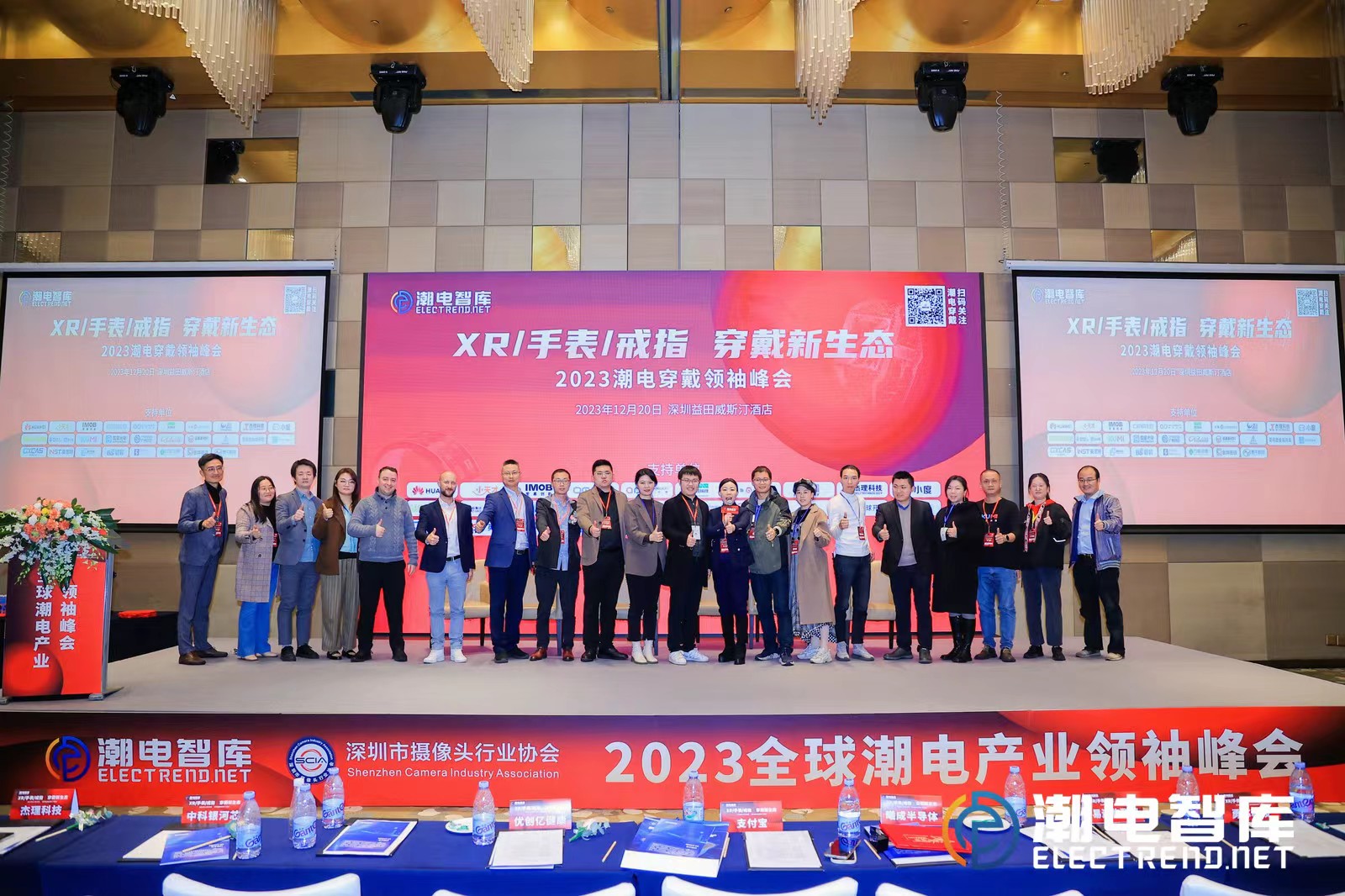2022 Global Smart Driving Technology Conference
Time: Sep 23, 2022Views:
The development of smart driving technology will change the behavior of human driving vehicles and will promote the development and progress of the overall society in terms of traffic safety, transportation costs, car efficiency and air pollution, which is an industrial revolution driven by the industrial field and transportation field together.

So, smart driving is at the windbreak, and no track is currently hotter and more exciting than it.
The development of new energy vehicles has led to the development of intelligent driving assistance systems, and its prospect of profitability has attracted capital bets in the field of autonomous driving.
The China Association of Automobile Manufacturers (CAAM) released data showing that the production and sales of new energy vehicles in the first eight months of this year were 3.97 million and 3.86 million respectively, up 1.2 times and 1.1 times year-on-year. The CCA pointed out that the overall progress of new energy vehicles in China in 2022 has exceeded the CCA's forecast of 5.5 million vehicles at the end of last year, requiring an adjustment of the new energy passenger vehicle forecast to 6 million vehicles.
But another set of market research data is both reasonable and embarrassing: the percentage of Chinese consumers willing to buy vehicles with self-driving capabilities is only 33%, and the percentage of those unwilling or on the fence is 67%. The main reason is that, limited by the limitations of cameras, millimeter-wave radar and other perception hardware monitoring, the frequent occurrence of safety accidents has cast a shadow over users of autonomous driving.
The increasing number of players currently entering the automotive field will certainly accelerate the landing of the intelligent driving industry. However, in the new automotive era of perception, how to truly achieve autonomous driving, single vehicle intelligence or vehicle-road cooperation is still limited to the exploration stage.
So, smart driving is also at the tip of the wave, facing many new unknown challenges.
Among the three core elements of perception, decision making, and execution, perception is the most basic component of intelligent driving, and is the fundamental guarantee of the current level of autonomous driving progression. Different levels of autonomous driving have different requirements for the number and accuracy of sensors. With the increase of the level, it grows exponentially.
From the current actual situation, automotive vision system is the most definite perception track, and almost all automotive companies are around visual perception to make a set of major evolution rules. At the same time, LIDAR finds a place in the in-vehicle field with its high precision advantage.
On one side, Tesla gives up onboard radar and chooses the pure vision perception route; on the other side, Chinese manufacturers, however, base on vision, step up the layout of LIDAR and take the multi-sensor fusion route.
Whether it is new forces such as Azera, Xiaopeng, Ideal, Weimar, Zhihui, or traditional OEMs such as Great Wall and FAW, they are now equipped with LIDAR on new models, forming a system of multi-sensor fusion of camera, millimeter wave radar, LIDAR, etc., and Tesla is on a completely different path.
The debate over the route of the perception system for autonomous driving is gradually evolving from a purely academic theoretical issue to a realistic supply chain pattern issue.
Chinese traffic has its own peculiarities and complexity. Considering the complex road conditions, public travel habits and driving environment in China, the ability of autonomous driving to cope with traffic scenarios is still very limited, and to realize real autonomous driving, single vehicle intelligence + vehicle-road perception collaboration is the inevitable direction.
China's Ministry of Transport released the "Digital Transportation Development Planning Outline", "Self-driving Vehicle Transportation Safety Service Guidelines (for Trial Implementation)" (for comment) and other related policies, also put forward the layout of a full range of traffic perception network direction of the imagination.
From Japan's layout of intelligent transportation road-end node equipment to the United States networked autonomous driving concept, all reflect the global intelligent driving visual perception system direction of the Cosmos.
Research data shows that the annualized growth rate of the intelligent driving market in the next ten years will reach 67%, and by 2030 this market will reach $4 trillion, much larger than the current size of the cell phone market.
From the beginning of "mechanically defined car" to "electrically defined car", and now "software defined car", the epoch-making revolution in the automotive industry has emerged, and we are all We are all participants and dreamers.
recommend
Oct 14, 2023
10 trillion yuan smart car market, 10 trillion yuan whole house intelligence market, the scene more than 1000 industry c...
Hot








